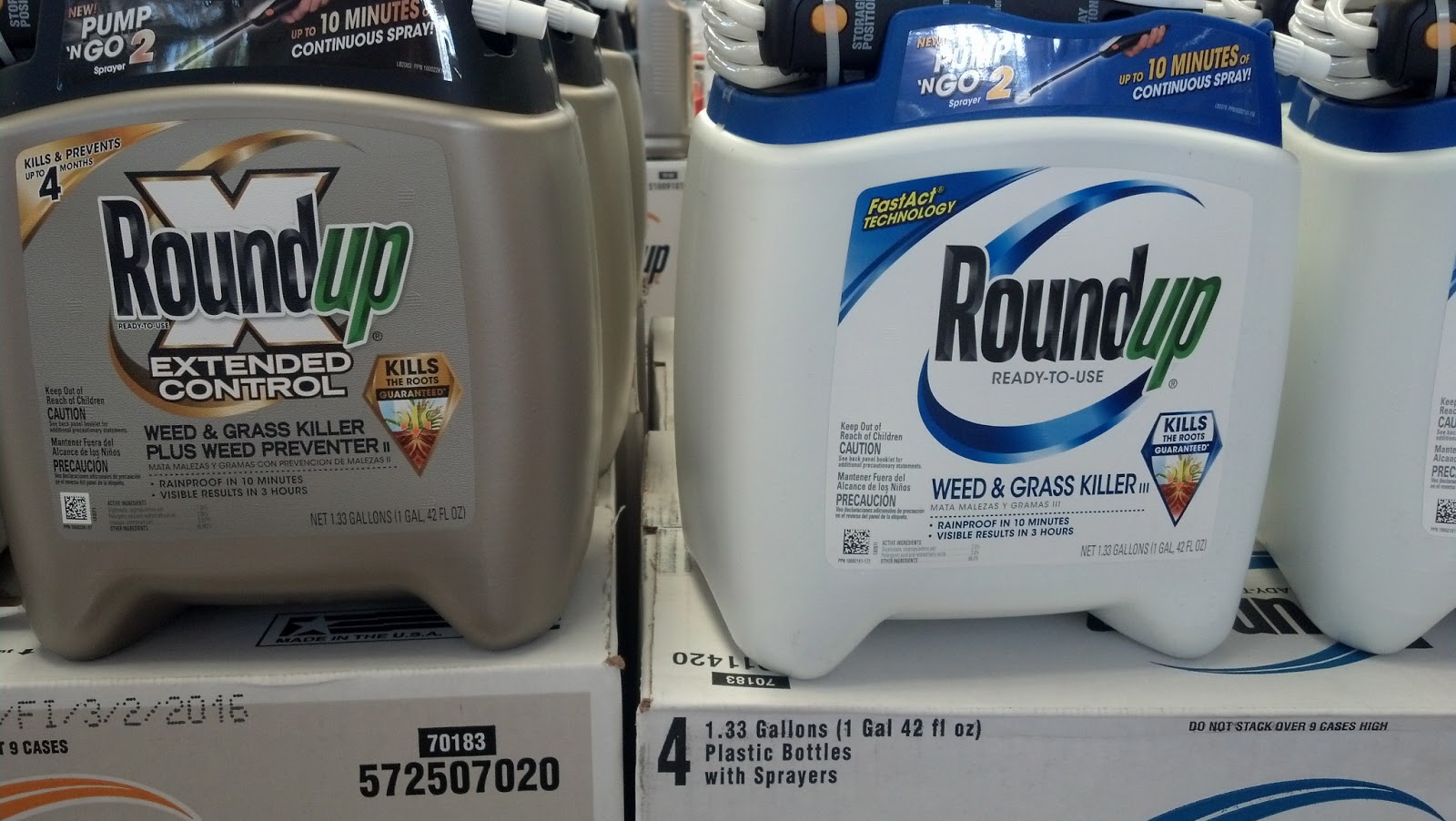Summary
Glyphosate herbicide formulations have never been tested for long-term safety for regulatory purposes. The industry tests underlying regulatory authorizations of glyphosate were carried out with glyphosate alone, the presumed “active ingredient”. But commercial glyphosate herbicide formulations as sold and used contain many other ingredients, known as adjuvants. The adjuvants are toxic in themselves and increase the toxicity of glyphosate.
The industry tests underlying regulatory authorizations of glyphosate were carried out with glyphosate alone, the presumed “active ingredient”. But commercial glyphosate herbicide formulations as sold and used do not consist of glyphosate alone. They also contain many other ingredients, known as adjuvants.
The adjuvants are toxic in themselves1 and increase the toxicity of glyphosate by enabling it to penetrate plant and animal cells more easily, making it more bioavailable.2 3 4
Adjuvants are widely found in the environment, so people and animals are likely to be exposed to them. For example, the half-life of the Roundup adjuvant POEA (21–42 days) is longer than that of glyphosate alone (7–14 days) in aquatic environments.5
In reality, humans and animals are never exposed to glyphosate alone, but to the complete formulations. This means that Roundup and other glyphosate formulations have never been tested and assessed for long-term safety.
This fundamental flaw applies to all regulatory authorizations for all pesticides worldwide. Only the presumed active ingredients are tested and assessed for safety before being released onto the market.
Experimental evidence proves formulations are more toxic
In an in vitro study, eight out of nine major pesticides tested in their complete formulations, including Roundup, were up to 1000 times more toxic to human cells than their isolated active ingredients. This increased toxicity of the complete formulation compared with the active ingredient alone was found to be a general principle of pesticide toxicology.6
This principle has been confirmed by experiments in living mammals. An in vivo study in pigs showed that the adjuvant POEA and commercial glyphosate herbicide formulations were toxic and lethal to the pigs, whereas glyphosate alone had no such effects.7 An in vivo study in rats showed that POEA and Roundup formulations containing POEA were more toxic than glyphosate alone.8
References
- Bradberry SM, Proudfoot AT, Vale JA. Glyphosate poisoning. Toxicol Rev. 2004;23:159–167.
- Benachour N, Séralini GE. Glyphosate formulations induce apoptosis and necrosis in human umbilical, embryonic, and placental cells. Chem Res Toxicol. 2009;22:97–105. doi:10.1021/tx800218n.
- Haefs R, Schmitz-Eiberger M, Mainx HG, Mittelstaedt W, Noga G. Studies on a new group of biodegradable surfactants for glyphosate. Pest Manag Sci. 2002;58:825-33. doi:10.1002/ps.539.
- Richard S, Moslemi S, Sipahutar H, Benachour N, Seralini GE. Differential effects of glyphosate and Roundup on human placental cells and aromatase. Env Health Perspect. 2005;113:716-20.
- Giesy JP, Dobson S, Solomon KR. Ecotoxicological risk assessment for Roundup herbicide. Rev Env Contam Toxicol. 2000;167:35–120.
- Mesnage R, Defarge N, de Vendomois JS, Séralini GE. Major pesticides are more toxic to human cells than their declared active principles. BioMed Res Int. 2014;2014. doi:10.1155/2014/179691.
- Lee H-L, Kan C-D, Tsai C-L, Liou M-J, Guo H-R. Comparative effects of the formulation of glyphosate-surfactant herbicides on hemodynamics in swine. Clin Toxicol Phila Pa. 2009;47(7):651-658. doi:10.1080/15563650903158862.
- Adam A, Marzuki A, Abdul Rahman H, Abdul Aziz M. The oral and intratracheal toxicities of ROUNDUP and its components to rats. Vet Hum Toxicol. 1997;39(3):147-151.
